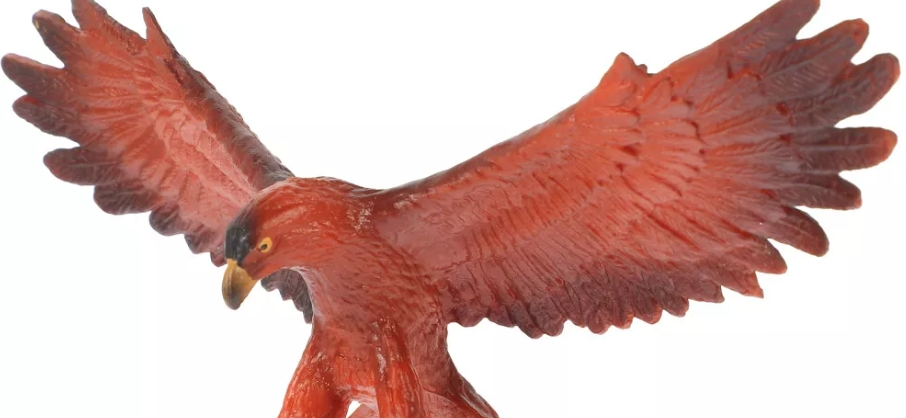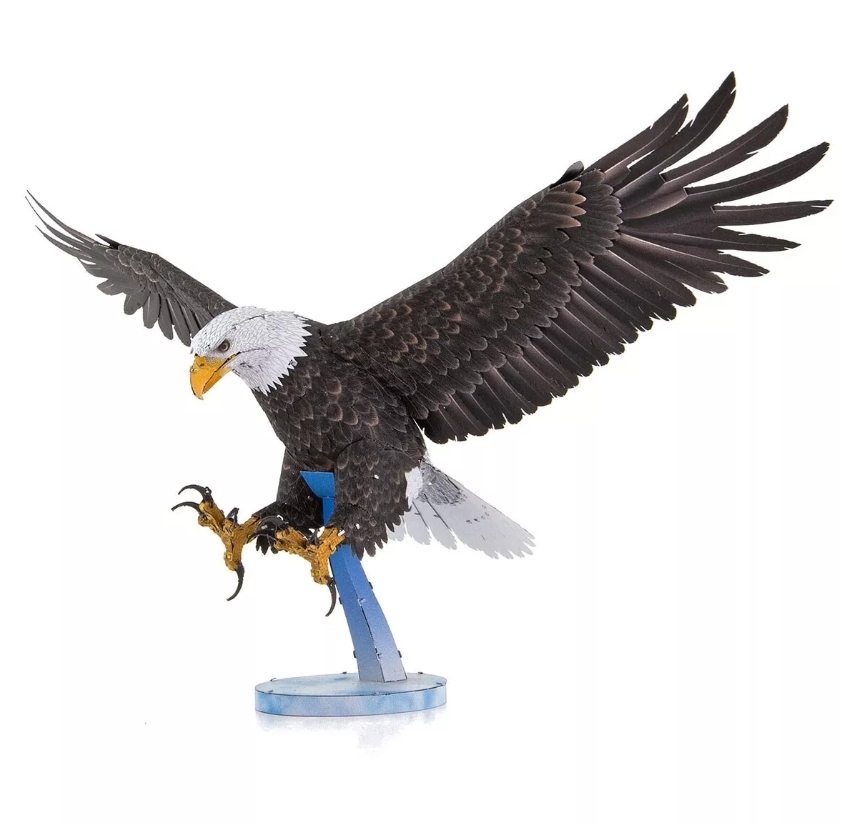The eagle model is an important theoretical framework that is widely used in ecology and biology to describe the relationship between predators and prey. The underlying assumption of this model is that the population dynamics of predators and prey are interdependent, influencing each other's survival and reproduction.
In this model, the eagle, as a predator, obtains the required energy and nutrition by hunting prey, and the number and health of prey directly affects the survival of the predator. However, this relationship is not a simple cause-and-effect relationship, but rather interacts through a complex set of feedback mechanisms. An increase in the number of predators leads to a decrease in the number of prey, and a decrease in the number of prey leads to a decrease in the number of predators, and this cycle is manifested in fluctuations and balances in the ecosystem.
A key point of the Eagle model is its nonlinearity. Interactions between predators and prey are often not linear, as prey may adapt to predation stress by increasing reproduction or migration, for example, while predators may respond to changes in prey through more efficient hunting strategies. This dynamic change makes the model have some complexity in predicting the population change.
The model can also be extended to include other ecological factors, such as environmental change, resource competition, etc. These factors tend to upset the balance between predator and prey,making prediction more difficult. By building complex mathematical models,researchers attempt to uncover the nature of these interactions and explore the stability and fragility of ecosystems.
In addition,the application of the eagle model is not limited to natural ecosystems,but can also be introduced into human activities such as agriculture and fishing. The use of appropriate management strategies can make reference to this predator-prey relationship when controlling pests or maintaining fishery resources.




